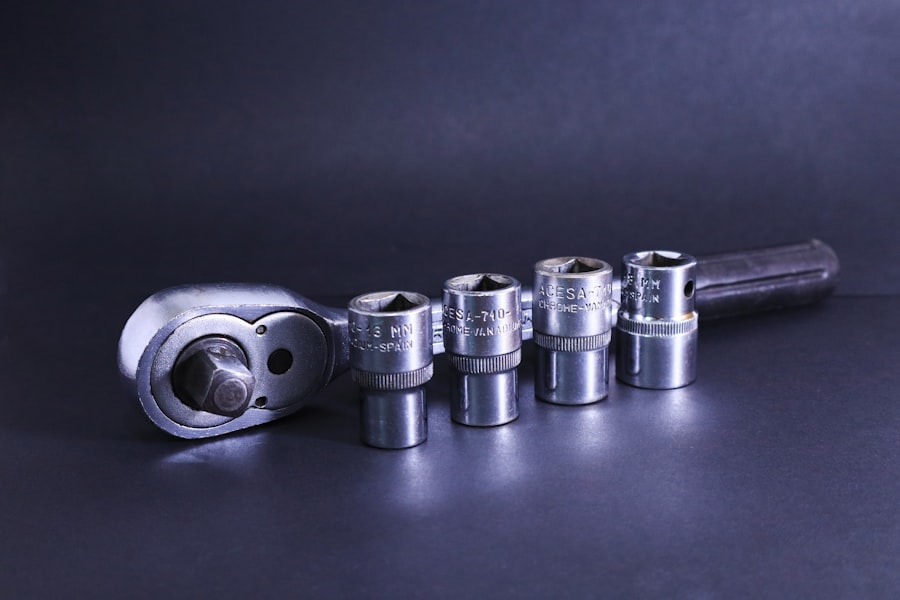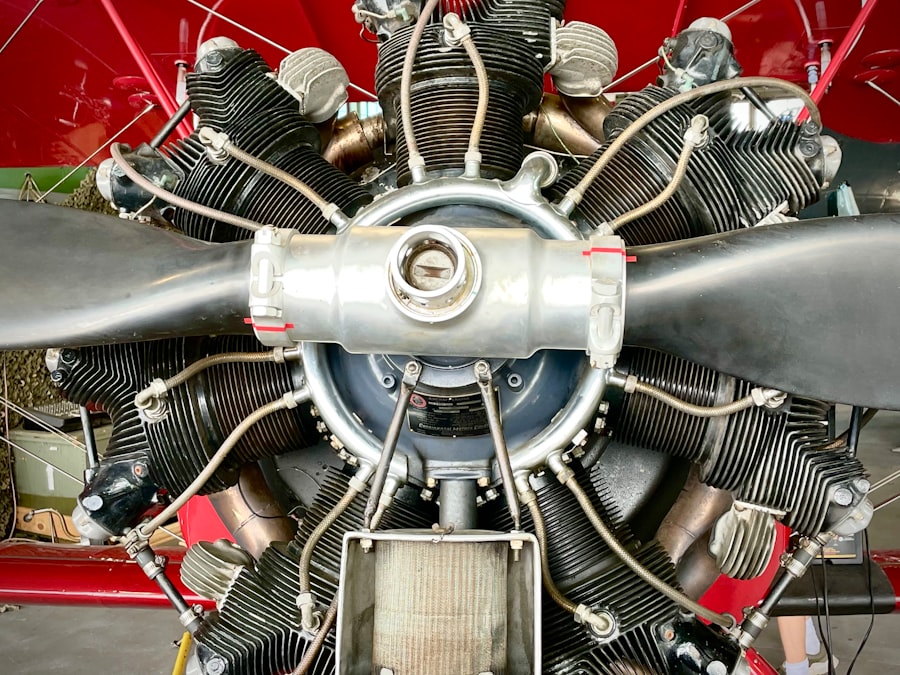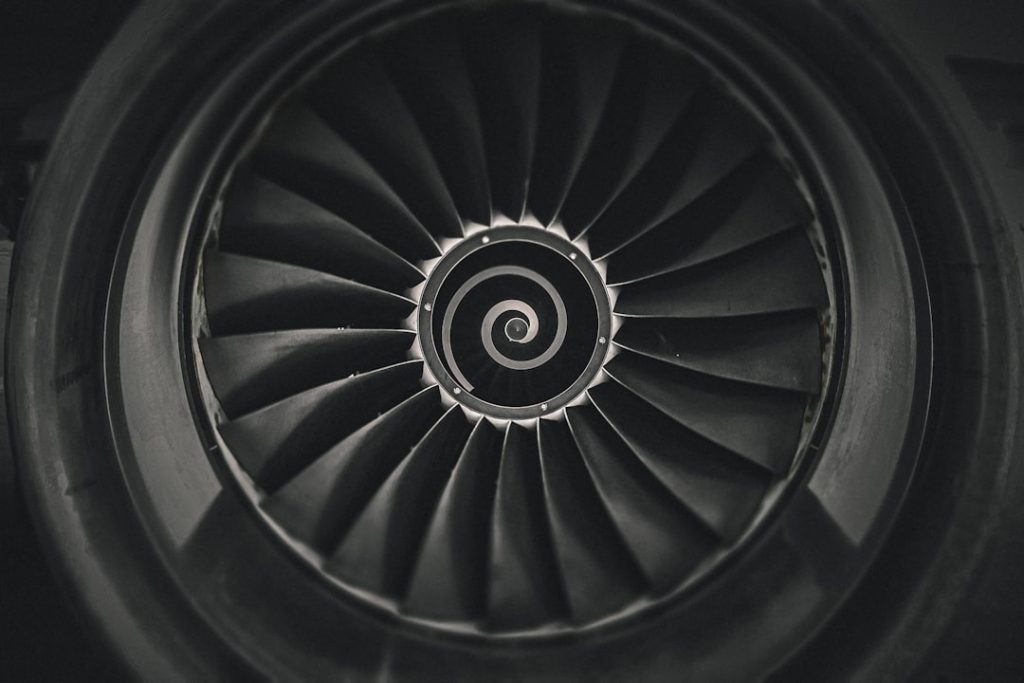Aerospace valves are critical components in the aviation and space industries, serving essential functions in controlling the flow of fluids and gases within various systems. These valves are designed to operate under extreme conditions, including high pressures, temperatures, and varying atmospheric conditions. Their applications range from fuel systems and hydraulic systems to environmental control systems and pneumatic systems.
The reliability and performance of aerospace valves are paramount, as any failure can lead to catastrophic consequences, making their design and manufacturing a highly specialized field. The aerospace industry demands stringent standards for safety and performance, which influences the design and production of valves. Aerospace valves must not only meet the operational requirements but also comply with various regulatory standards set by aviation authorities worldwide.
This includes rigorous testing and certification processes to ensure that these components can withstand the unique challenges posed by flight and space travel. As the aerospace sector continues to evolve with advancements in technology and increasing demand for more efficient systems, the role of aerospace valves becomes even more critical.
Key Takeaways
- Aerospace valves are critical components in aircraft and spacecraft, controlling the flow of fluids and gases to ensure safe and efficient operation.
- Key players in the aerospace valves market include companies like Honeywell International Inc., Parker Hannifin Corporation, and Eaton Corporation, among others.
- Market trends in the aerospace valves industry include the increasing demand for lightweight and durable valves, as well as the growing use of additive manufacturing technology.
- The aerospace valves industry is subject to strict regulatory frameworks and standards, including those set by organizations like the Federal Aviation Administration (FAA) and the European Aviation Safety Agency (EASA).
- Technological innovations in aerospace valves, such as the development of smart valves with integrated sensors and advanced materials, are driving growth and efficiency in the industry.
Key Players in the Aerospace Valves Market
The aerospace valves market is characterized by a mix of established players and emerging companies, each contributing to the industry’s growth through innovation and specialization. Major corporations such as Parker Hannifin, Honeywell International Inc., and Moog Inc. dominate the landscape, leveraging their extensive experience and technological capabilities to produce high-quality aerospace valves.
These companies invest heavily in research and development to enhance their product offerings, focusing on improving efficiency, reducing weight, and increasing reliability. In addition to these giants, several smaller firms and niche manufacturers play a significant role in the market. Companies like EATON Corporation and Triumph Group have carved out specific segments within the aerospace valves market, often specializing in particular types of valves or applications.
The competitive landscape is further shaped by collaborations and partnerships among manufacturers, suppliers, and research institutions, which aim to drive innovation and meet the evolving needs of the aerospace industry. This dynamic environment fosters a culture of continuous improvement, ensuring that aerospace valves remain at the forefront of technological advancements.
Market Trends and Growth Opportunities

The aerospace valves market is witnessing several trends that are shaping its future trajectory. One prominent trend is the increasing demand for lightweight materials in valve manufacturing. As aircraft manufacturers strive for greater fuel efficiency and reduced emissions, there is a growing emphasis on using advanced materials such as composites and titanium alloys.
These materials not only reduce weight but also enhance corrosion resistance and overall durability, making them ideal for aerospace applications. Another significant trend is the shift towards automation and smart technologies in valve systems. The integration of sensors and control systems allows for real-time monitoring and adjustment of valve operations, leading to improved efficiency and safety.
This trend is particularly relevant in the context of unmanned aerial vehicles (UAVs) and advanced air mobility solutions, where precise control over fluid dynamics is essential for optimal performance. As these technologies continue to develop, they present substantial growth opportunities for manufacturers who can adapt their products to meet the demands of an increasingly automated aerospace environment.
Regulatory Framework and Standards in the Aerospace Valves Industry
| Regulatory Framework and Standards in the Aerospace Valves Industry |
|---|
| 1. AS9100 Quality Management System |
| 2. ISO 9001 Certification |
| 3. FAA Regulations |
| 4. EASA Certification |
| 5. Aerospace Material Standards (AMS) |
The aerospace valves industry operates under a complex regulatory framework that ensures safety, reliability, and performance standards are met throughout the design, manufacturing, and testing processes. Regulatory bodies such as the Federal Aviation Administration (FAA) in the United States and the European Union Aviation Safety Agency (EASA) establish guidelines that govern the certification of aerospace components, including valves. These regulations require rigorous testing protocols that assess factors such as pressure tolerance, temperature extremes, and material integrity.
Compliance with standards such as AS9100, which outlines quality management systems for aerospace organizations, is crucial for manufacturers seeking to enter or maintain their position in the market. Additionally, industry-specific standards like SAE AS 5553 address counterfeit parts prevention, ensuring that all components used in aerospace applications are authentic and reliable. The adherence to these regulations not only enhances safety but also fosters consumer confidence in aerospace products, ultimately driving market growth.
Technological Innovations and Advancements in Aerospace Valves
Technological advancements are at the heart of the evolution of aerospace valves, with innovations continually reshaping their design and functionality. One notable advancement is the development of electrically actuated valves that offer enhanced precision and responsiveness compared to traditional pneumatic or hydraulic systems. These electrically actuated valves can be integrated with digital control systems, allowing for more sophisticated operation modes that improve overall system efficiency.
Moreover, additive manufacturing techniques, commonly known as 3D printing, are revolutionizing how aerospace valves are produced. This technology enables manufacturers to create complex geometries that were previously impossible or cost-prohibitive with traditional manufacturing methods. By utilizing 3D printing, companies can reduce material waste, shorten production times, and customize valve designs to meet specific application requirements.
As these technologies mature, they will likely lead to further innovations in valve design, contributing to lighter, more efficient aerospace systems.
Global Market Analysis and Regional Outlook

The global aerospace valves market is experiencing robust growth driven by increasing air travel demand, advancements in aerospace technology, and rising investments in defense sectors across various regions. North America remains a dominant player in this market due to its established aerospace industry and significant investments in research and development. The presence of major manufacturers and suppliers in this region further solidifies its leadership position.
In contrast, regions such as Asia-Pacific are emerging as key players due to rapid industrialization and growing air travel demand. Countries like China and India are investing heavily in their aerospace sectors, leading to increased production of commercial aircraft and military vehicles. This surge in demand creates substantial opportunities for aerospace valve manufacturers looking to expand their market presence in these regions.
Additionally, Europe continues to be a significant market due to its strong regulatory framework and commitment to innovation within the aerospace sector.
Challenges and Risks in the Aerospace Valves Market
Despite its growth potential, the aerospace valves market faces several challenges that could impact its trajectory. One major concern is the volatility of raw material prices, which can significantly affect production costs for manufacturers. Fluctuations in prices for metals such as aluminum, titanium, and nickel can lead to increased expenses that may be passed on to consumers or result in reduced profit margins for manufacturers.
Another challenge is the increasing complexity of regulatory compliance as governments around the world tighten safety standards in response to past incidents within the aviation industry. Navigating this regulatory landscape requires significant resources and expertise, which can be particularly burdensome for smaller manufacturers or new entrants into the market. Additionally, supply chain disruptions caused by geopolitical tensions or global events like pandemics can hinder production capabilities and delay product deliveries.
Future Outlook and Projections for the Aerospace Valves Industry
Looking ahead, the future of the aerospace valves industry appears promising as technological advancements continue to drive innovation while global air travel demand rebounds post-pandemic. Analysts project steady growth in the market over the next decade, fueled by increasing investments in both commercial aviation and defense sectors worldwide. The push towards sustainable aviation practices will likely accelerate demand for lightweight materials and energy-efficient valve systems.
Furthermore, as electric propulsion systems gain traction within the aerospace sector, there will be a corresponding need for advanced valve technologies that can support these new powertrains. The integration of smart technologies into valve systems will also play a crucial role in enhancing operational efficiency across various applications. Overall, while challenges remain, the aerospace valves market is poised for significant growth driven by innovation, regulatory compliance, and an ever-evolving landscape of consumer demands within the aviation industry.


